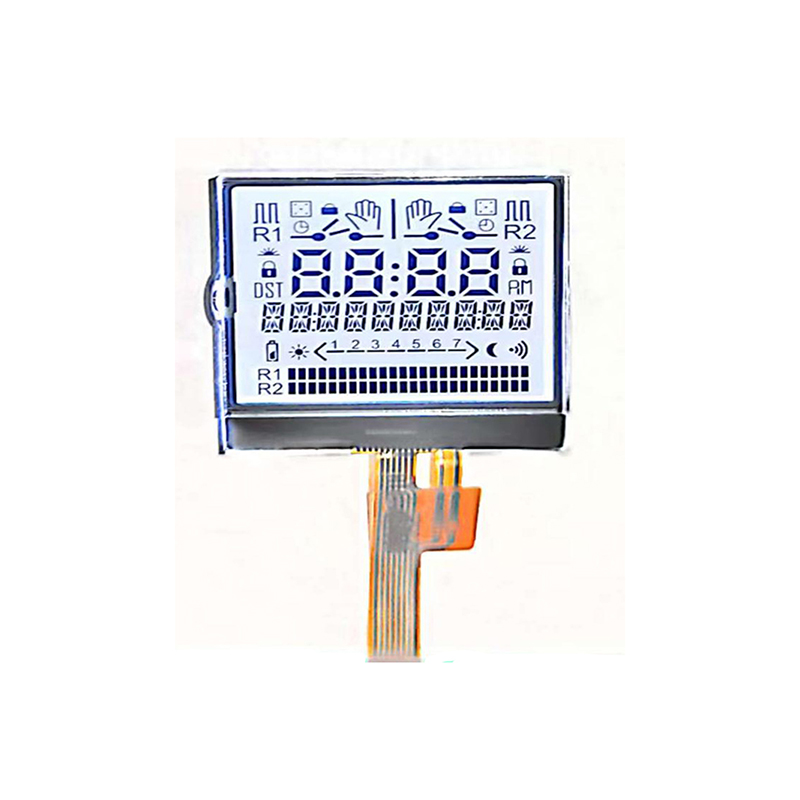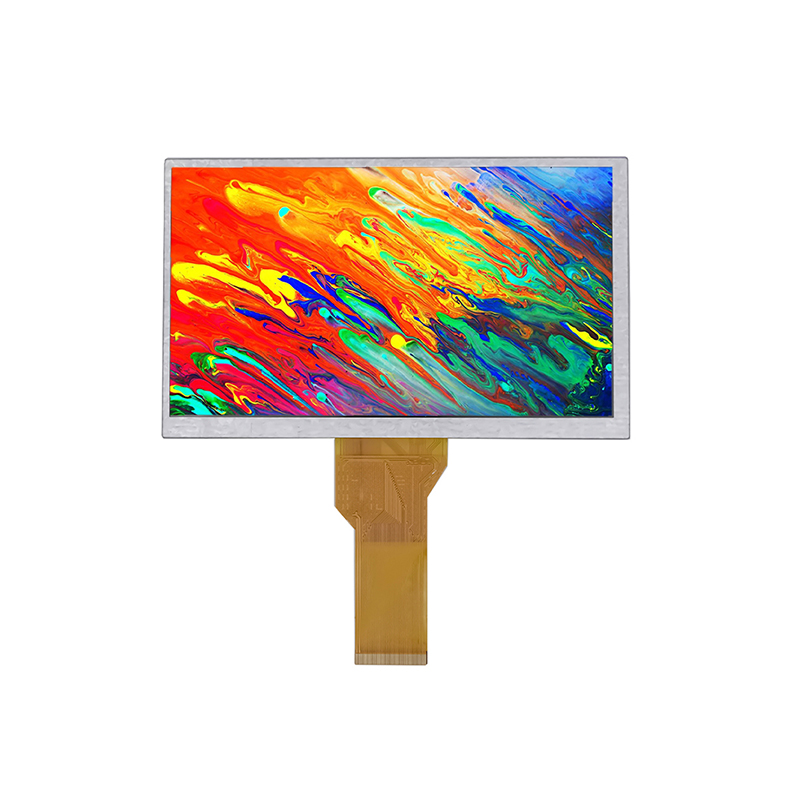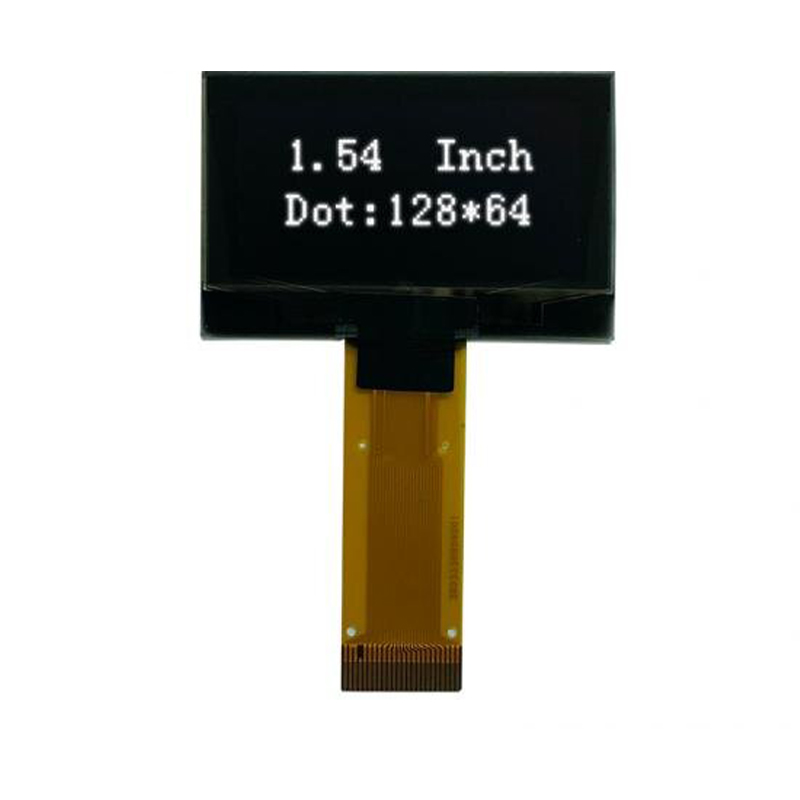
The Serial Peripheral Interface (SPI) bus is a synchronous, full-duplex communication protocol widely used for short-distance communication, particularly in embedded systems. A 4-wire SPI interface product typically involves four lines: MOSI (Master Out Slave In), MISO (Master In Slave Out), SCLK (Serial Clock), and SS (Slave Select). Understanding these lines and their functions is crucial for successful integration.
Let's break down each line in the 4-wire SPI interface:
SPI communication can operate in various modes, depending on the clock polarity (CPOL) and clock phase (CPHA):
| Mode | CPOL | CPHA | Description |
|---|---|---|---|
| Mode 0 | 0 | 0 | Clock idle low, data sampled on leading edge |
| Mode 1 | 0 | 1 | Clock idle low, data sampled on trailing edge |
| Mode 2 | 1 | 0 | Clock idle high, data sampled on leading edge |
| Mode 3 | 1 | 1 | Clock idle high, data sampled on trailing edge |
It's essential to ensure that the master and slave devices are configured to use the same SPI mode for successful communication. Incorrect mode settings will result in data corruption.
4-wire SPI interface products are used in a wide variety of applications, including:
When selecting components for your SPI system, consider factors such as data rate requirements, voltage levels, and power consumption. The datasheets of the chosen devices are crucial references.
Common issues include incorrect clock settings, incorrect slave select configuration, and communication protocol mismatches. Careful attention to the datasheets and thorough testing can help resolve these problems. Using a logic analyzer can significantly aid in debugging.
The 4-wire SPI interface is a robust and versatile communication protocol that finds widespread application in embedded systems. By understanding the principles of operation, carefully selecting components, and troubleshooting effectively, you can successfully integrate 4-wire SPI interface products into your projects. Remember to always consult the datasheets of your specific devices for detailed specifications and implementation guidelines.












